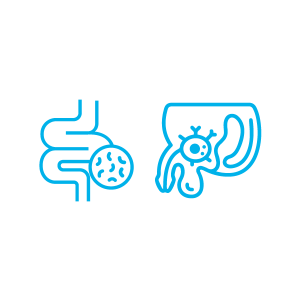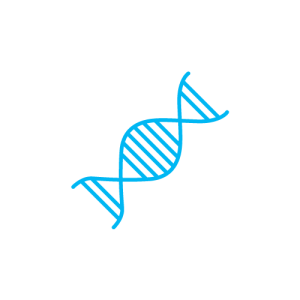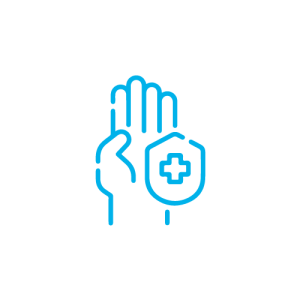For healthy carriers, the measures aim to reduce the risk of developing cancer or to detect cancer early to give a better prognosis. Extent, age at onset and frequency vary depending on family history and which gene is varied.
Measures for healthy women at increased risk of breast cancer include increased mammography checks and possibly MRI of the breasts, or alternatively, surgical removal of the breasts for preventive purposes. Measures for healthy women at increased risk of ovarian cancer include surgical removal of the fallopian tubes and ovaries for prevention. Screening programs for thyroid cancer, colon and rectal cancer, kidney cancer, stomach cancer, small bowel cancer, pancreatic cancer and uterine cancer may also be relevant.





